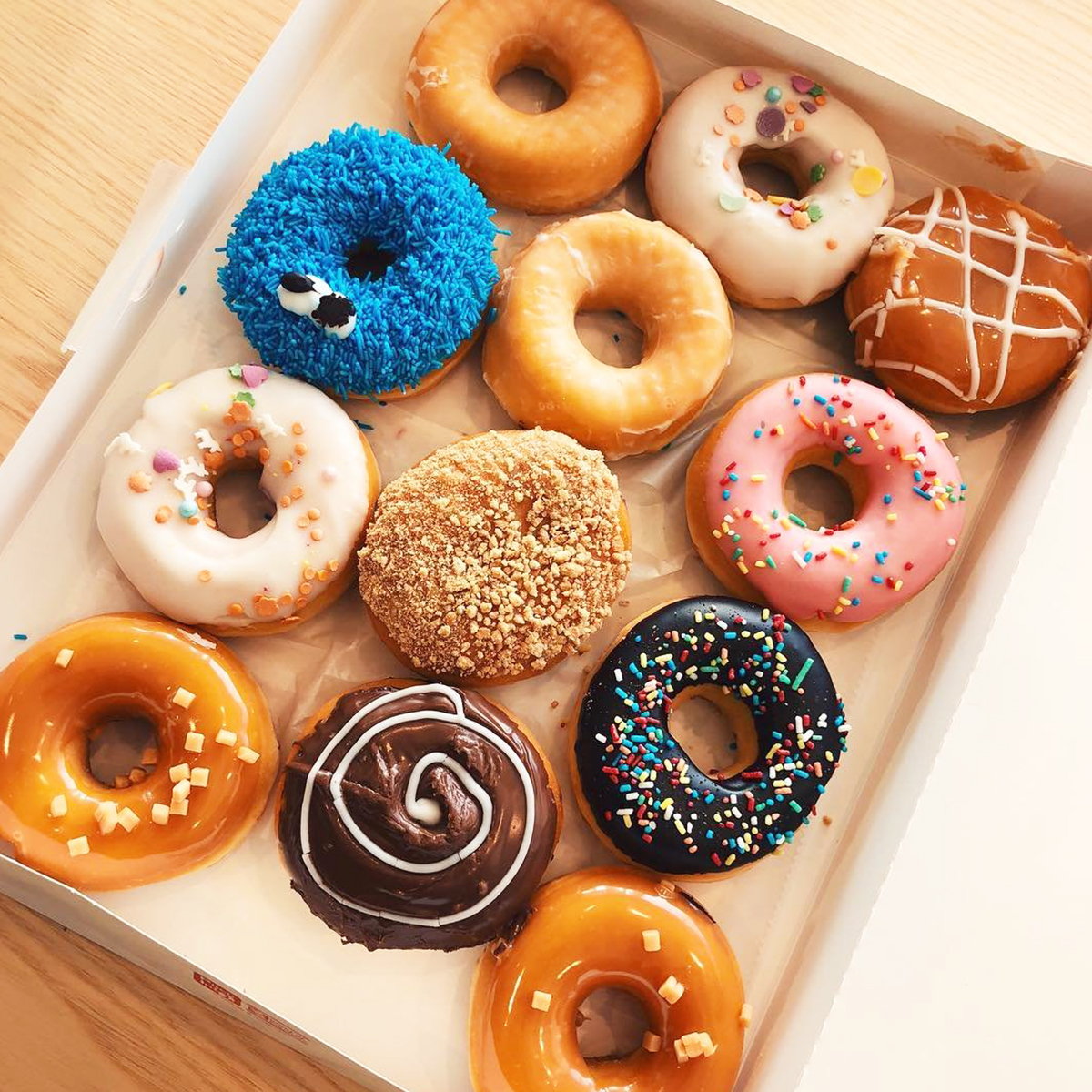This Is the Easiest Way to Break a Bad Habit, According to a Psychologist


Though it doesn't exactly bode well for my looming deadline, it's rather pertinent that as I write this, I'm searching for words through a soupy brain fog—all because I decided today was the day I'd finally break my caffeine habit. Six hours and two cups of coffee in (down from my usual five), I'm getting a firsthand look at how complex—and often, head-achingly difficult—unraveling our most concrete rituals can be.
Think about it: We often talk about the diligence required to establish a habit in the first place. In simplistic terms, we have to rewire our brains in order for an action to become a ritual, a process that requires consistency and some semblance of a reward. But I've noticed that this conversation often implies that "losing" the habit is all too easy. And while that may be somewhat true during the formation process, in reality, once the habit is established, we have to do more rewiring to convince our brains that we no longer need that ritual. And that's especially true for habits that feed heavily into the brain's reward system—like, say, regular caffeine consumption.
That's why going cold turkey is often unsustainable—it's an oversimplified solution to a pretty complex feedback loop. So how do we hack our own brains to disrupt the cycle? To find out more about the best way to break a habit, I spoke with New York based psychologist Heather Silvestri, Ph.D. Find her pointers below.

But first, get to know the habit loop.
In order to learn how to break a habit, it's useful to know how they're formed in the first place. "Habits form via a psychological pattern called The Habit Loop," explains Silvestri. "This loop follows a specific sequence: cue, routine, reward."
Basically, when you engage in an action repeatedly, your brain starts to go into autopilot, shifting gears from your prefrontal cortex (the decision-making part of the organ) to the basal ganglia, a "lower" brain structure responsible for motor movement, routine habit, and emotion. "Your brain is conserving mental energy by dimming the purposeful activity of the prefrontal cortex, and this frees you up to do other things, like focus on a conversation while driving," says Silvestri.
But the key element in this loop—the part that reminds your brain to come back for more—is the reward system. "The final step in the loop is the one that incentivizes the behavior by providing a reward, and interestingly, the basal ganglia factors prominently in your brain’s reward system," says Silvestri. "Awash in a cocktail of pleasurable neurotransmitters, your brain earmarks the cue as one associated with both the dimming of the decision-making centers of your brain and a rewarding experience. Now the sequence is swimming in incentive and likely to repeat with automaticity: a habit you have now formed."
So how do we disrupt the habit loop?
The most effective approach is to break down the loop piece by piece. "The best way to break a bad habit is to remove the cues and rewards," says Silvestri. "Without the cue, your brain doesn't go on autopilot, and you can consciously choose to do something else. When you remove the reward, the bad habit isn't incentivized anymore and it's much easier to resist."
You can follow the three-pronged strategy below at any time, but fun fact: "The best time to break a bad habit is when you're on vacation because you have a blank slate of cues and rewards to play with," says Silvestri.
Step 1: Know your triggers.
Aside from naming the habit you'd like to break, of course, is identifying your potential triggers so that you can disrupt the "cue" part of the feedback loop. I'll use my own caffeine addiction as an example: I know that I tend to up my coffee intake when I had a bad night's sleep and/or have a stressful day at work. Just knowing this already puts my brain back into decision-making mode, so I can do something more productive than absentmindedly reaching for more cold brew. It also helps me sidestep those triggers by going to bed earlier or playing around with other stress-management techniques, like breathing exercises or taking a walk. Which brings us to our next step…
Step 2: Employ substitute behavior.
Ditching a habit with no kind of replacement is a great way to engage in some anxious hand-wringing before giving into said habit. We need some distraction, and it needs to be productive. (Otherwise, we're trading one bad habit for another.) In my case, I might start by swapping a couple of my usual cups of coffee for caffeine-free beverages that are still energizing: a smoothie with adaptogenic herbs, for example, or a turmeric latte. The point is to have a go-to something when you feel the urge to give into your dying habit. Go for a walk. Call your mom. Open up Headspace. Choose something healthy that will still light up the reward part of your brain.
Step 3: Rethink your rewards.
"I always instruct people to be conscious and thoughtful about the rewards, reflecting on how and why the experience feels pleasurable," says Silvestri. In other words, ask yourself: What am I really getting out of this habit? Sure, coffee gives me a quick boost of energy. But is it worth the sleepless nights and constant edginess?
Once we start to question this part of the loop, it gets easier to replace the habit with something that will reward us in a more meaningful way. "So much of establishing a behavior as a habit has to do with maintaining an intrinsic connection to it so that it doesn't slip into a thing that's happening to you, or worse, one that you have to do but don't want to do," says Silvestri.
So even if it's a little more complex than just saying "I'm done with this!" remember that in the end, it's just about reestablishing autonomy over your own mind—even if it takes a little self-hacking to get there.
Next up: Learn about the natural supplement that replaced one editor's Adderall.
This article is provided for informational purposes only and is not intended to be used in the place of advice of your physician or other medical professionals. You should always consult with your doctor or healthcare provider first with any health-related questions.
